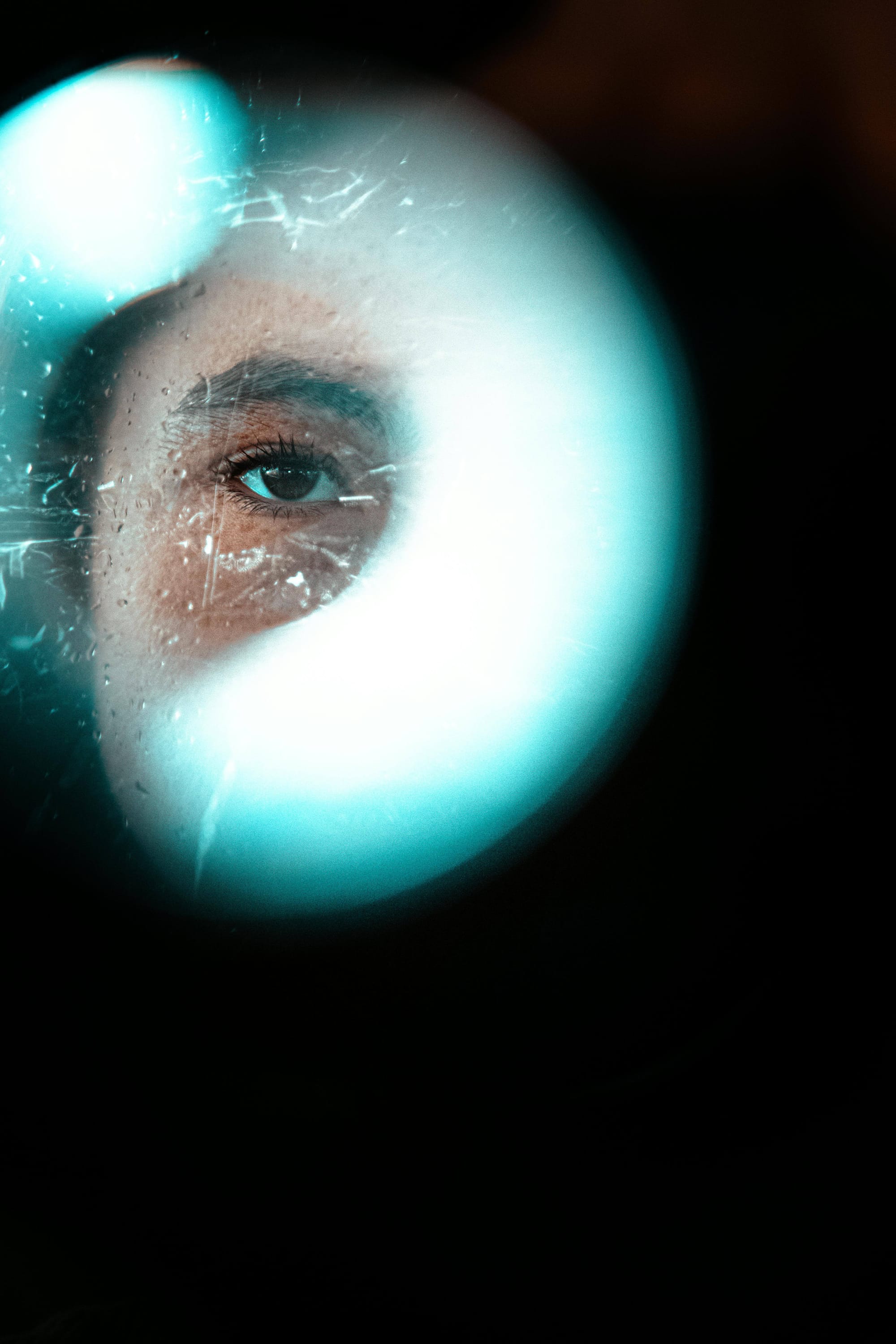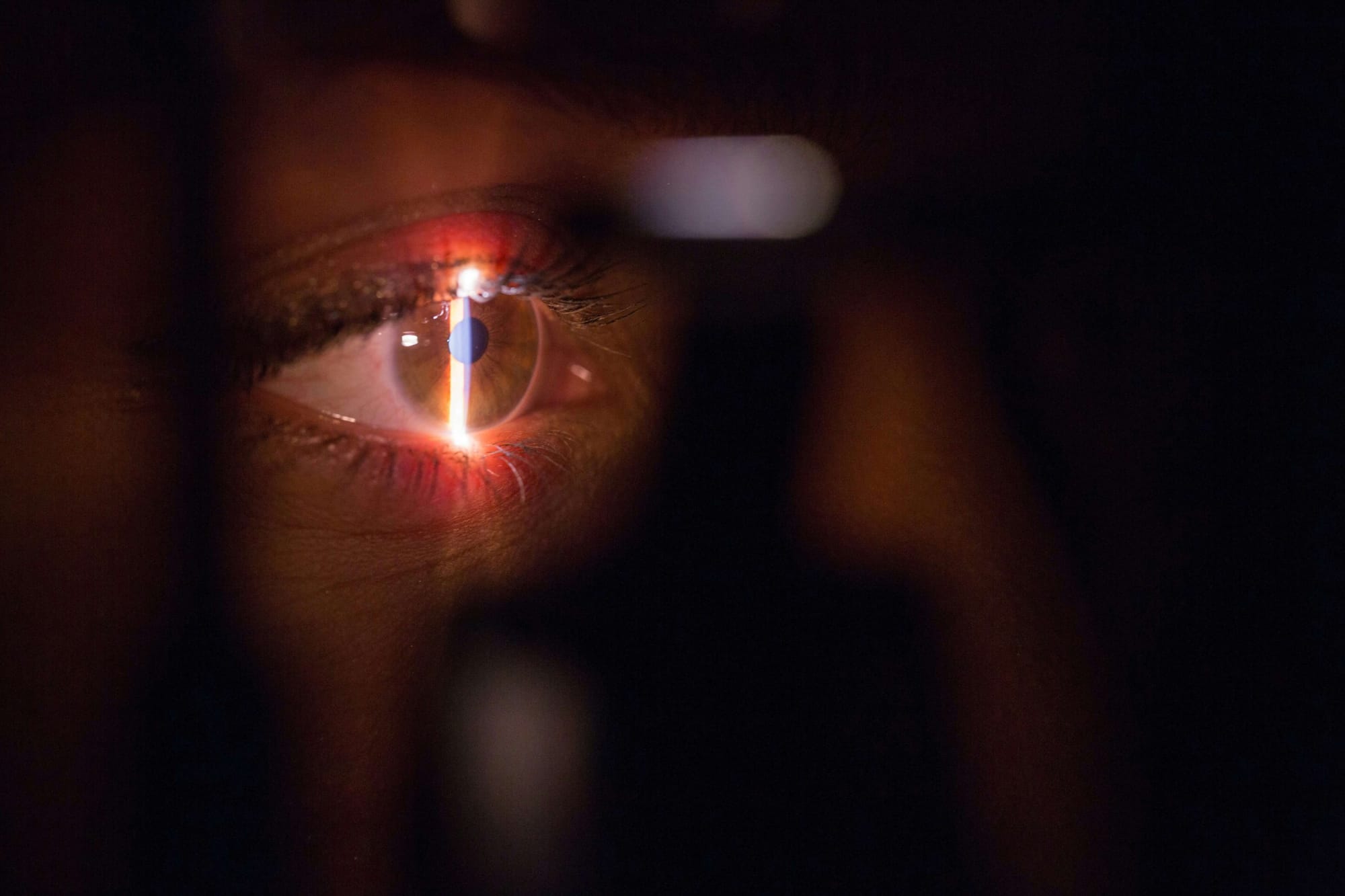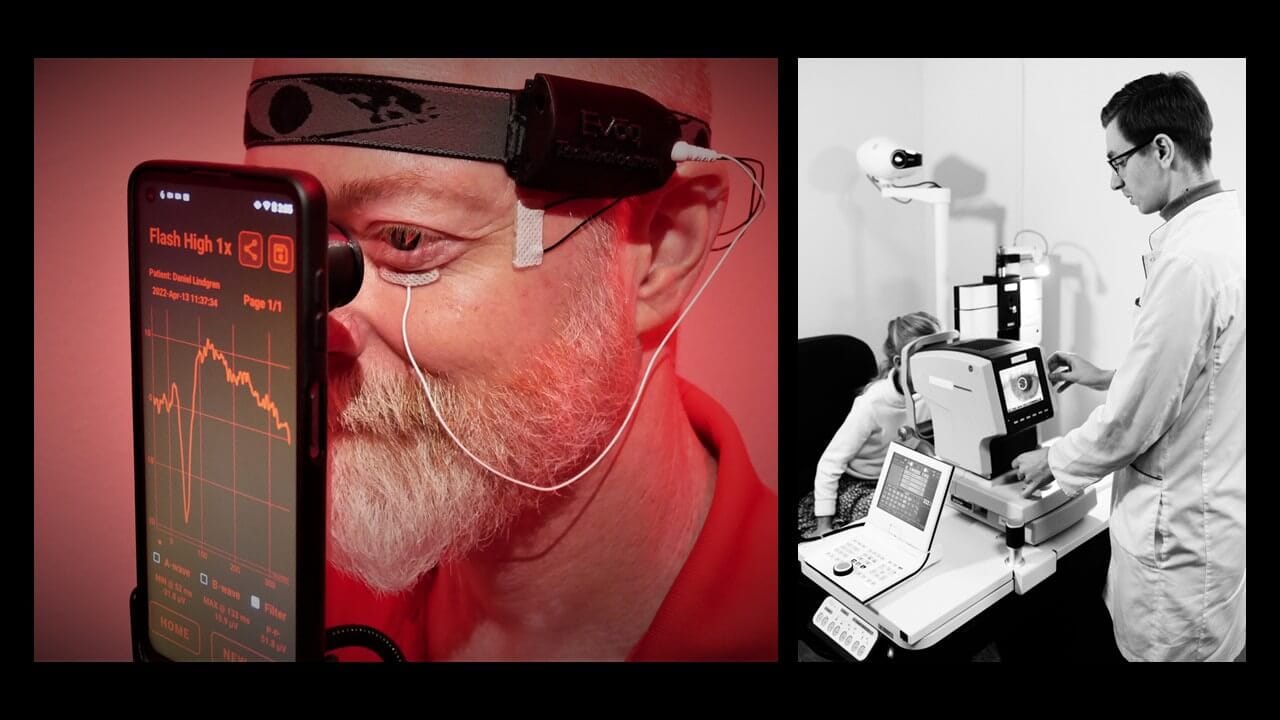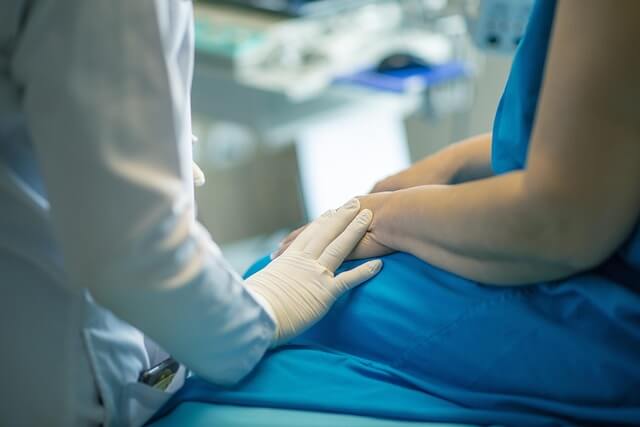Dark Adaptometry for Age Related Macular Degeneration
Revolutionize AMD detection with biophotometers. Explore how this cutting-edge technology swiftly transforms retina testing for early diagnosis.

Age-related macular degeneration (AMD) is a leading cause of vision loss in older adults. Early detection and monitoring are crucial for effective management and treatment.
Enter the biophotometer, also known as a dark adaptometer, is a diagnostic tool that's revolutionizing retina testing. It measures the rate of transition from light to night vision in the retina, providing valuable data for AMD diagnosis.
This article will delve into the role of biophotometers in AMD detection and management. We'll explore how this technology works, its benefits, and its potential for future advancements in eye care.
Understanding Age-Related Macular Degeneration (AMD)

Age-related macular degeneration affects the central part of the retina. This region, called the macula, is crucial for sharp vision.
As AMD progresses, it can lead to significant vision impairment. Patients may struggle with reading or recognizing faces.
There are two types of AMD: dry and wet. The dry form is more common, but less severe. Wet AMD is rare and severe, causing quicker vision loss.
Early signs may go unnoticed by patients. That's why regular retina testing is vital in catching the condition early.
The Role of Biophotometers in AMD Diagnosis

Biophotometers have become vital tools in diagnosing age-related macular degeneration. These devices measure sensitization of the rod and cone photoreceptors in the retina when we transition from a lighted environment and adapt to dark conditions.
This data reveals underlying health conditions before physical symptoms emerge. It's non-invasive and quick, benefiting patients significantly.
Early detection with biophotometers ensures timely treatment. It helps in managing AMD effectively and preserving vision.
Biophotometers can track AMD progress over time. They offer valuable insights for adjusting treatment plans.
Combining biophotometers with other tests enhances diagnostic accuracy. This integration enriches the overall care provided to patients.
How Biophotometers Work
Biophotometers function by evaluating how the retina responds to light. The light absorption patterns indicate retinal health.
Dark adaptation testing is one feature of biophotometers. It assesses how eyes adjust from light to dark environments.
This test is crucial in AMD diagnosis. Changes in dark adaptation can signal early stages of the disease.
Advantages of Using Biophotometers for Retina Testing
Biophotometers provide several benefits for diagnosing AMD. They present precise and reliable results swiftly.
The testing process is convenient for patients due to its non-invasive nature. This adds to patient comfort.
Their ability to detect early AMD signs allows for timely intervention. This can slow retina degeneration.
Here are notable advantages:
Early detection of AMD
Non-invasive and quick procedure
Precision in measuring retinal changes
These advantages make biophotometers essential in modern eye care practices.
Dark Adaptation and AMD

Dark adaptation involves how the eye adjusts from bright to low light. This process is often affected by AMD.
Biophotometers play a pivotal role in assessing dark adaptation. They can identify abnormalities in this process early on.
Detecting changes in dark adaptation helps pinpoint AMD even before vision loss occurs. This early identification is crucial for effective treatment.
Biophotometer vs. Traditional AMD Detection Methods

Traditional AMD detection often relies on retinal imaging techniques. These methods include OCT scans and fundus photography.
Biophotometers offer a unique advantage. They assess the retina's response to light changes, providing different insights.
While traditional methods focus on structural changes, biophotometers assess functional changes. This functional assessment can enhance early detection.
Together, these tools create a comprehensive diagnostic approach. Combining them can lead to a more personalized treatment plan for AMD patients.
Accessibility and Patient Considerations

Biophotometer testing is generally non-invasive and convenient. Most patients can undergo tests without discomfort.
However, access to biophotometer testing may vary. Some regions might have limited availability due to equipment costs.
Patients are encouraged to discuss testing options with their eye care professionals. Understanding available options is crucial for effective AMD management.
Key Takeaways:
Biophotometers and AMD
Biophotometers are revolutionary diagnostic tools for retina testing.
They measure light absorption and scattering in the retina, providing valuable data for AMD diagnosis.
Understanding AMD
AMD affects the macula, crucial for sharp vision.
There are two types: dry (more common, less severe) and wet (rare, more severe).
Biophotometer Functionality
Measures retinal light absorption patterns to indicate retinal health.
Performs dark adaptation testing, crucial for early AMD detection.
Advantages of Biophotometers
Non-invasive and quick procedure.
Provides precise and reliable results swiftly.
Enables early detection of AMD, allowing for timely intervention.
Dark Adaptation and AMD
Biophotometers assess how eyes adjust from light to dark environments.
Changes in dark adaptation can signal early stages of AMD.
Comparison with Traditional Methods
Biophotometers assess functional changes, while traditional methods focus on structural changes.
Combining biophotometers with traditional methods enhances diagnostic accuracy.
The Future of AMD Monitoring

Biophotometers hold promise for advancing AMD care. Their technology may soon become a standard in eye health monitoring.
Staying informed about these advancements ensures better outcomes. Both patients and healthcare professionals benefit from embracing innovative diagnostic tools.
We invite you to take the next step in protecting your vision:
Are you concerned about age-related macular degeneration or changes in your vision? Discover how cutting-edge technology can help. Click here to learn more about the SmartERG™ Platform by Evōq Technologies and join the list for this revolutionary biophotometer.
Our team is dedicated to advancing eye care and providing innovative solutions for early detection and management of AMD. Don't wait until vision loss occurs – take proactive steps to safeguard your sight today.
About Us
Evōq Technologies' leadership has been in the industry for over two decades. Our founders previously developed leading products for the ophthalmic and visual science communities through companies like Xenotec and OcuScience before establishing Evōq Technologies. This extensive experience in developing innovative medical devices, particularly in ophthalmology and visual science, gives Evōq Technologies a deep well of expertise to draw from in their current work.
The company comprises an experienced team of scientists, engineers, clinicians, and seasoned business professionals with a proven track record of bringing new medical devices to market. This wealth of experience allows Evōq Technologies to leverage decades of knowledge in developing cutting-edge solutions for retinal health testing and other ophthalmic applications.
Evōq Technologies' flagship product, the SmartERG™ Platform, offers revolutionary, cost-effective alternatives to traditional desktop devices for diagnosing conditions like Age-Related Macular Degeneration (AMD), Diabetic Retinopathy, and Glaucoma. This innovative approach builds on years of specialty engineering and research focused on ophthalmology, demonstrating the company's long-standing commitment to advancing eye care technology.
